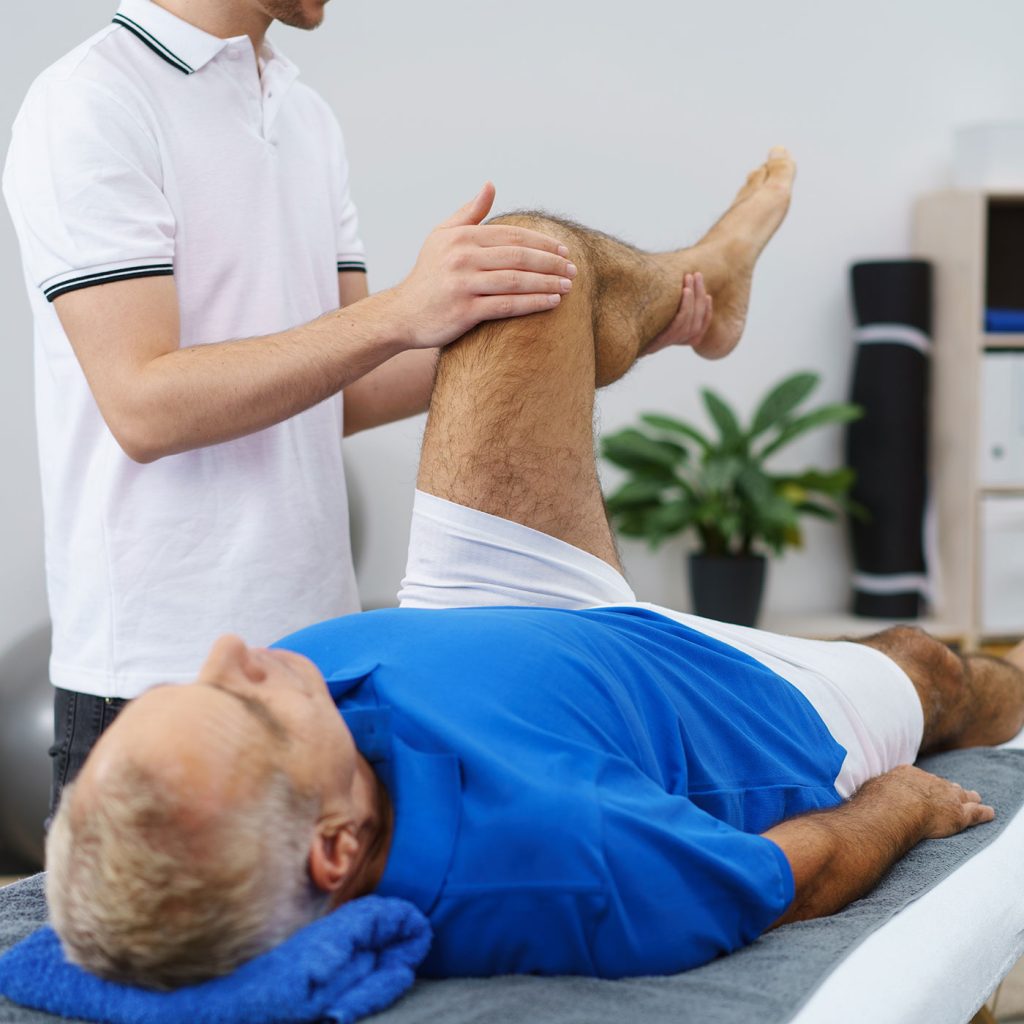Physical therapy plays a crucial role in the recovery process after a hip replacement surgery, also known as total hip arthroplasty (THA). It helps patients regain mobility, strength, and function in their hip joint, ensuring a successful and effective recovery. Here are some of the key benefits of physical therapy after a hip replacement:
- Pain Management: After surgery, there is typically some level of pain and discomfort. Physical therapists can use various techniques to manage pain, such as manual therapy, modalities (heat, cold, ultrasound), and therapeutic exercises that promote blood circulation and reduce muscle tension.
- Restoring Range of Motion: Hip replacement surgery can temporarily limit the range of motion in the hip joint. Physical therapists use passive and active range-of-motion exercises to gradually increase flexibility and mobility in the hip joint.
- Muscle Strengthening: Surgery and the recovery period can lead to muscle weakness in the hip and surrounding areas. Physical therapists develop personalized strengthening exercises to target specific muscle groups and help patients regain strength. Strong muscles around the hip joint provide stability and support.
- Gait Training: Learning to walk properly after hip replacement is crucial to avoid developing compensatory movement patterns that could lead to long-term issues. Physical therapists assist patients in relearning proper walking mechanics to ensure a balanced and efficient gait.
- Balance and Coordination: Hip replacement surgery can affect a patient’s balance and coordination. Physical therapists incorporate balance exercises and functional movements into their treatment plans to improve stability and reduce the risk of falls.
- Functional Independence: The goal of physical therapy after a hip replacement is to enable patients to return to their daily activities and routines. Therapists work with patients to regain functional independence for tasks such as getting in and out of bed, dressing, and performing household activities.
- Patient Education: Physical therapists educate patients about proper joint protection techniques and body mechanics to prevent strain and injury. They also provide guidance on using assistive devices like crutches or walkers if needed.
- Scar Tissue Management: Surgical scars can lead to adhesions and tissue tightness. Physical therapists use techniques like scar massage and stretching to minimize scar tissue formation and improve tissue mobility.
- Customized Treatment Plans: Each patient’s recovery journey is unique. Physical therapists create individualized treatment plans based on the patient’s specific needs, surgical approach, overall health, and goals.
- Long-Term Joint Health: Physical therapy not only supports short-term recovery but also contributes to the long-term health of the hip joint. By improving strength, flexibility, and overall joint function, physical therapy can help prevent future complications and promote joint longevity.
- Psychological Well-being: Recovering from surgery can be challenging both physically and emotionally. Engaging in physical therapy provides patients with a structured plan, gradual progress, and the opportunity to track their achievements, which can have positive effects on their mental well-being.
It’s important to note that the specifics of a physical therapy plan will vary depending on the individual’s condition, the surgeon’s recommendations, and the patient’s overall health. Working closely with a qualified physical therapist and following their guidance can significantly enhance the recovery process and ensure the best possible outcomes after a hip replacement.






